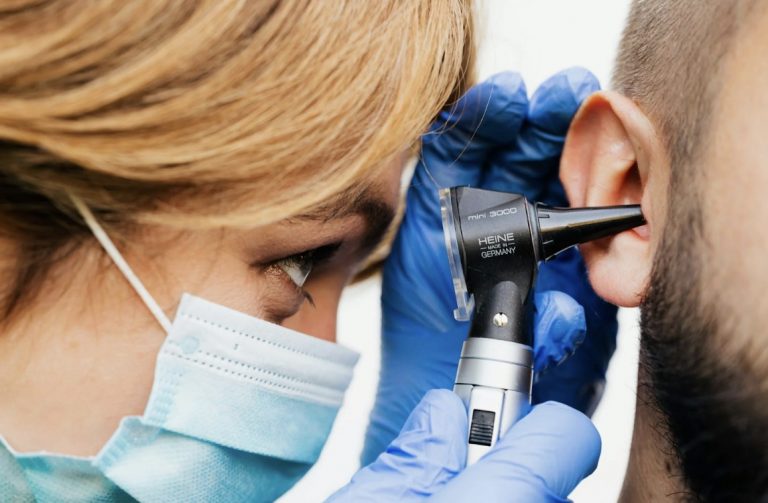Hearing plays a significant role in how people experience the world and engage with others. Whether it’s a conversation with friends, a warning sound in traffic, or enjoying music, sound connects individuals to their surroundings. Over time, changes in hearing can creep in so gradually that they often go unnoticed until they begin to interfere with daily life. This makes regular hearing assessments more than just a precaution—they’re an important step toward staying connected and informed. Knowing what to expect during a hearing check can make the process less daunting and much more useful.
Starting with a Hearing Check-Up
A hearing check-up is often the first step when someone suspects their hearing might not be what it used to be. It begins with a detailed conversation about any symptoms, such as difficulty understanding speech, ringing in the ears, or needing to raise the volume on devices. A hearing professional may also ask about exposure to loud noise, medications, or family history, as these can contribute to changes in hearing. At this stage, it’s common to visit a Toronto hearing clinic to receive a full evaluation from certified audiologists. These clinics are equipped with tools to measure various aspects of hearing and identify the underlying cause of any concerns. The initial assessment typically includes a visual inspection of the ear canal and eardrum, followed by a series of tests conducted in a soundproof room. These evaluations help paint a complete picture of hearing health.
Pure-Tone Audiometry: Measuring What You Hear
One of the most recognized tests during a hearing evaluation is pure-tone audiometry. This test measures the faintest tones a person can hear across a range of frequencies. The process involves wearing headphones and responding to a series of tones at varying volumes and pitches. Each ear is tested individually, allowing the audiologist to detect if there’s a difference in hearing ability between the two.
The results are plotted on an audiogram, a graph that shows the threshold at which sounds become audible. The patterns on the audiogram help determine whether hearing loss is present and, if so, what type. For instance, if someone hears better at low frequencies but struggles with higher pitches, it could point to age-related hearing loss. This test offers a clear, objective measure of hearing ability, and it serves as a baseline for tracking changes over time.
Speech Audiometry: Understanding What’s Said
While pure-tone tests measure hearing sensitivity, speech audiometry looks at how well someone can understand spoken language. This part of the exam assesses the ability to recognize and repeat words presented at various volumes. The words may be spoken in quiet or with background noise to simulate real-life listening conditions.
The results provide insight into how clearly sounds are being processed. Sometimes a person can hear sounds but struggles to make out what’s being said. In such cases, even mild hearing loss can make everyday conversation frustrating. This test is valuable for understanding not just the presence of hearing loss but its impact on communication.
Tympanometry: Looking at the Middle Ear
Tympanometry evaluates the movement of the eardrum in response to air pressure changes. This test doesn’t require active participation and takes only a few seconds. A small probe is placed in the ear canal to deliver air pressure variations while measuring how the eardrum reacts.
This procedure is helpful for detecting issues in the middle ear, such as fluid buildup, ear infections, or problems with the bones that conduct sound. Tympanometry doesn’t assess hearing directly, but it adds context to the overall diagnosis. For example, if someone has fluctuating hearing loss or a feeling of fullness in the ears, this test can help identify a physical reason behind those symptoms.
Otoacoustic Emissions: Detecting Inner Ear Response
Otoacoustic emissions (OAEs) are sounds produced by the inner ear in response to auditory stimulation. A soft probe is placed in the ear, and it delivers a series of tones. If the inner ear (specifically the cochlea) is functioning properly, it generates minute sounds in return, which the probe records.
This test is commonly used in newborn hearing screenings but is also valuable for adults. It can help confirm whether the outer hair cells in the cochlea are working correctly. If no emissions are detected, it could suggest damage to these cells, which are essential for amplifying sound and sending signals to the brain. The test is quick, painless, and doesn’t require verbal responses, making it a useful tool for people of all ages.
Checking hearing health is more than just finding out how much someone can hear—it’s about understanding how the ear and brain work together to interpret sound. Sound affects so much of daily life, and staying aware of hearing health is a meaningful part of staying connected.



0 Comments